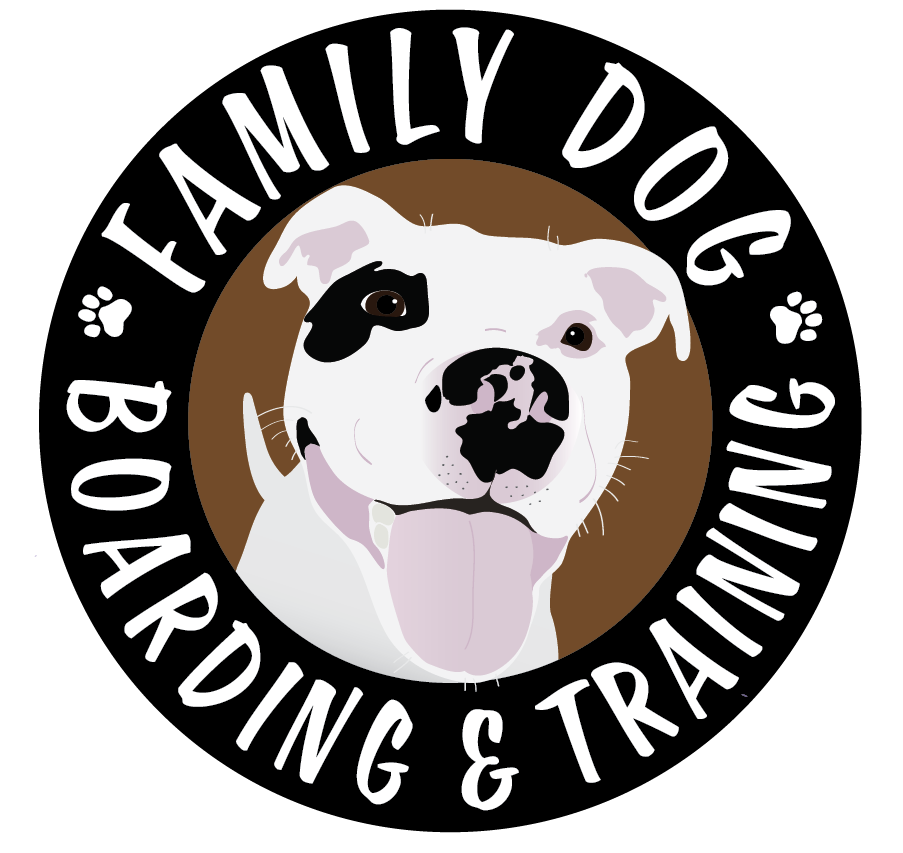Imagine being able to leave your dog home alone without guilt or worry
What is Canine Separation Anxiety?
Separation anxiety in dogs is a panic disorder that affects upwards of 20% of pet dogs. Dogs with S.A. have an overwhelming fear of being left alone and exhibit an array of behaviors such as:
Vocalization (barking, whining, howling)
Destruction (chewing or destroying objects like doors, window sills, rugs, furniture)
Eliminating in the house (peeing, pooping, diarrhea)
Panting, drooling, vomiting
Refusal to eat when alone
Separation Anxiety Myths
While researchers have not yet conclusively determined what causes Sep Anx (it is possibly genetic), there are quite a few myths that we know are NOT TRUE:
Myth #1: It is caused by owners who coddle or otherwise pamper their dogs
Myth #2: Most dogs “grow out” of it on their own
Myth #3: More exercise will cure your dog of their separation anxiety
Myth #4: Getting another dog (or cat) will fix it.
Myth #5: Crating your dog will fix it.
Myth #6: It is not treatable.
Sep Anx IS Treatable
Using a behavior modification method called “systematic desensitization”, we teach your dog that being alone is safe. This is a gradual but powerful process that addresses the root causes of your dog’s panic, including addressing any anxiety that occurs before you even leave the house (putting your shoes on, picking up your keys, etc.). The beauty of this training protocol is that you never need to worry about destruction or barking because during our training your dog will never get the opportunity to experience fear or panic.
How Long Will It Take?
Behavior modification can take longer than teaching skills like “stay” or “come”. My protocol is not a cookie-cutter template - your dog will set the pace and our training plan is always based on what your dog can comfortably handle. The severity of your dog’s behavior is also not an indication of how quickly their separation anxiety can be resolved; for example, a dog that whines quietly while their owner is gone might take longer to resolve than a dog that howls and destroys the front door. My most honest answer: think weeks and months (not days or years). We also know that regressions and plateaus during our training is normal and expected.
How Much Does It Cost?
Initially, $225 per week ($900 month) with an initial 4-week minimum commitment. Second month is $800, third and subsequent months are $700.
Training includes:
A daily individualized training plan for your dog 5 days a week for you to follow
Working closely with your dog for 20-30 minutes 5 days a week, with 2 days off per week
You share notes and observations with me after each training session (which I then use to create the next day’s training plan)
We “meet” virtually via zoom once a week for a live evaluation in order to access your dog’s progress
I will be holding your hand throughout the entire process and we will be in communication almost every day: one online “live” support session each week and up to 5 days of email support.


